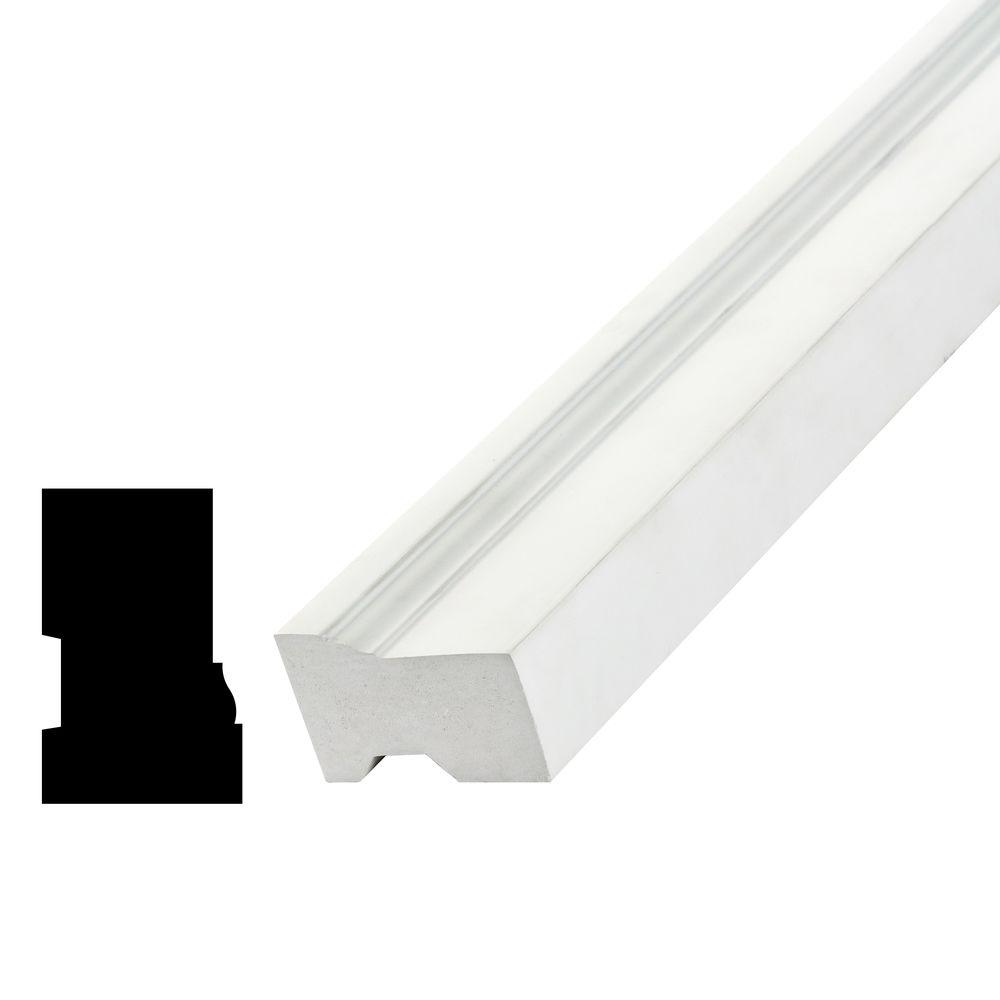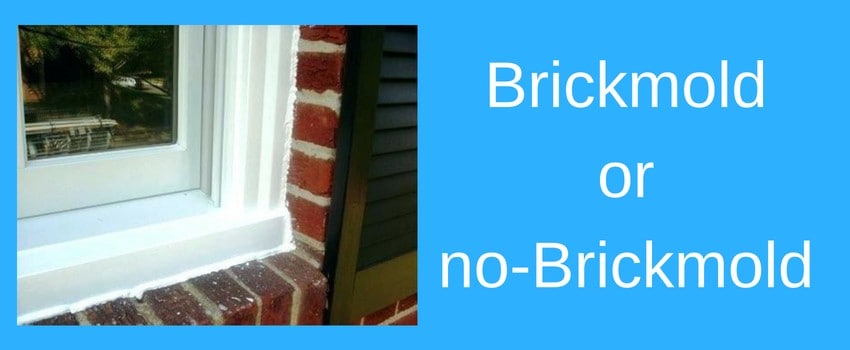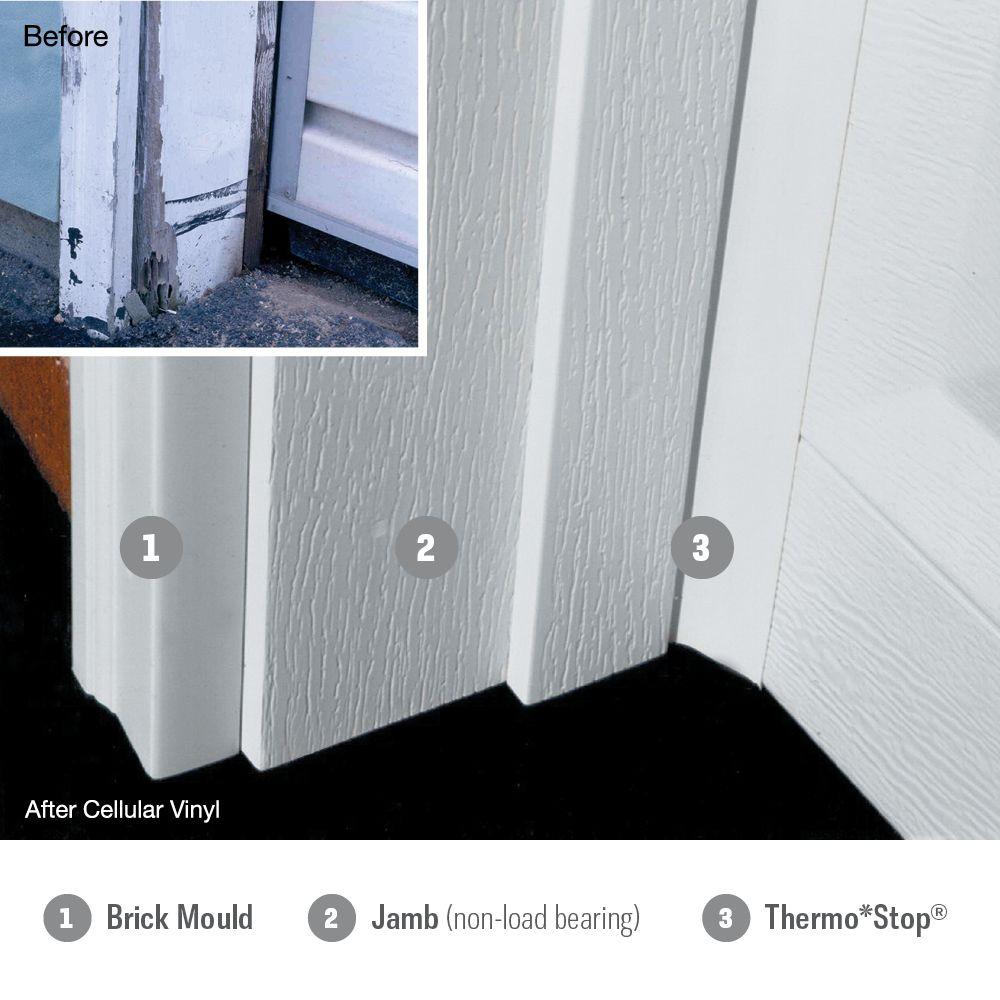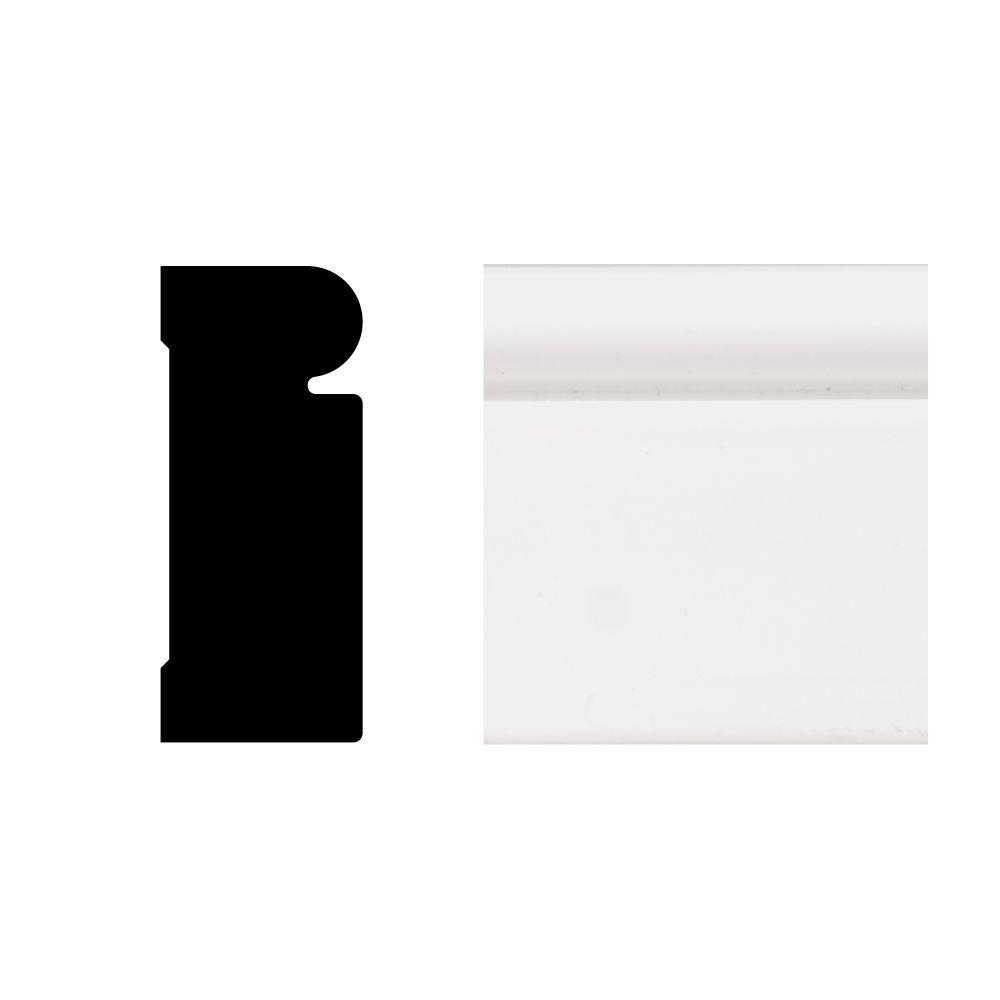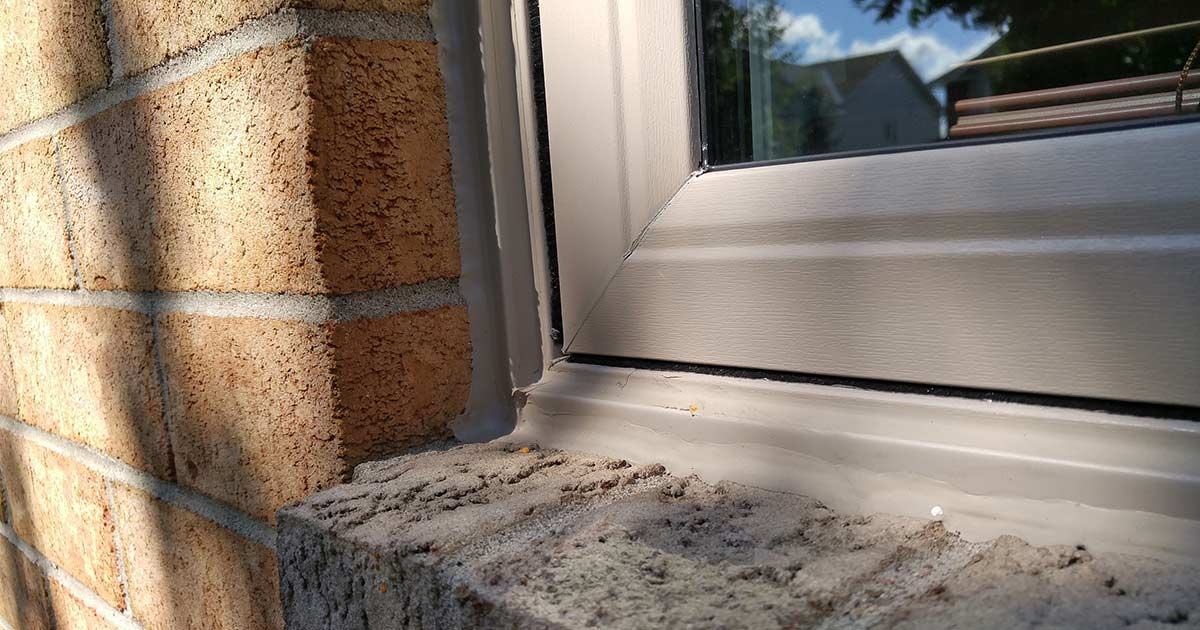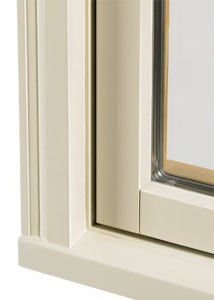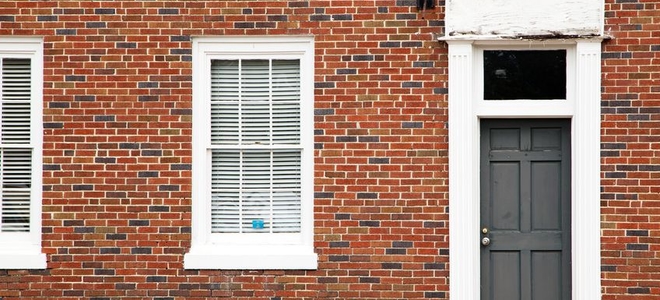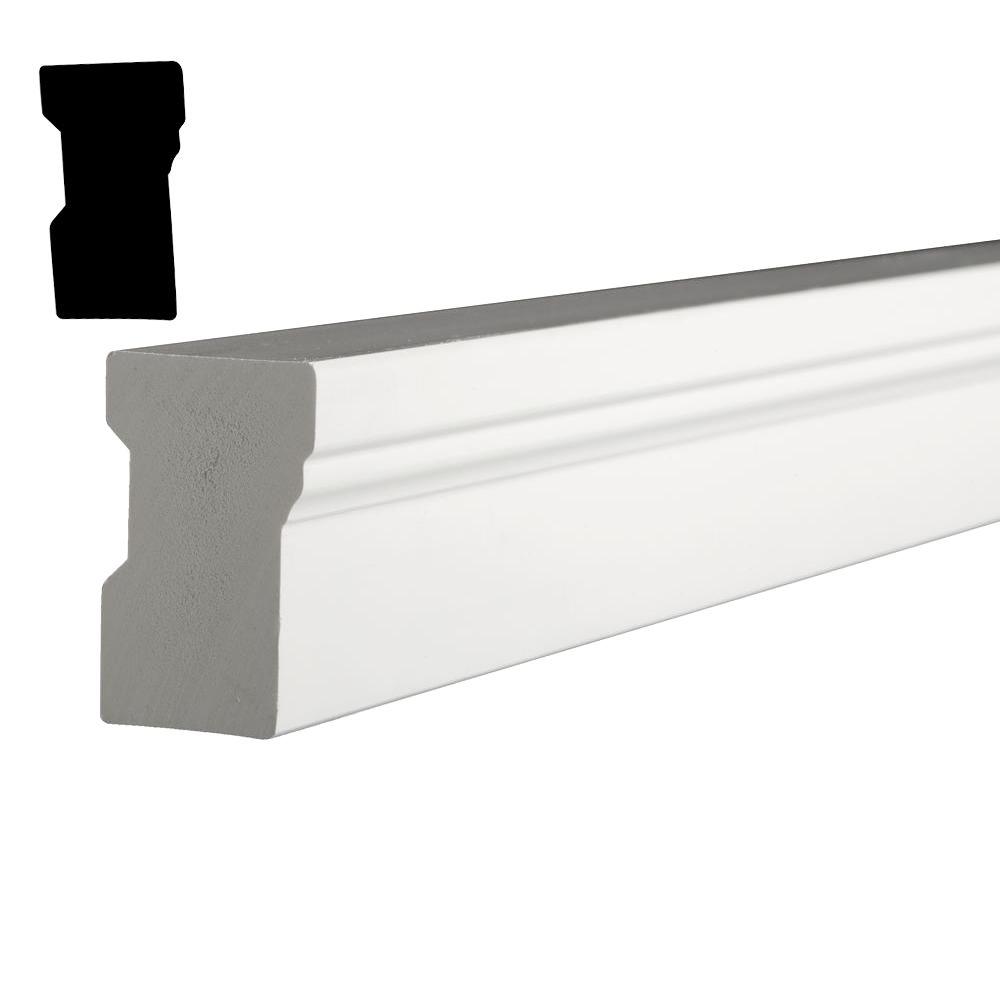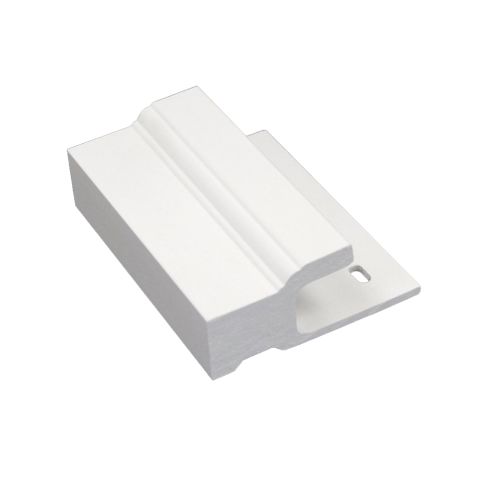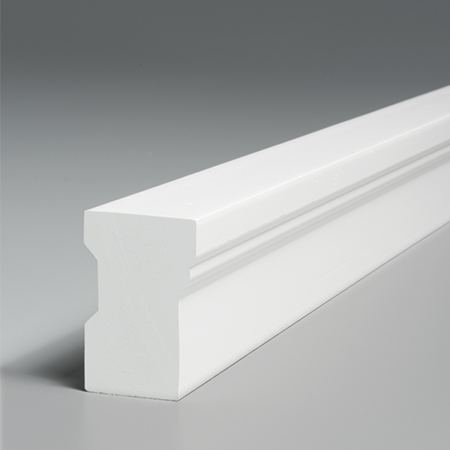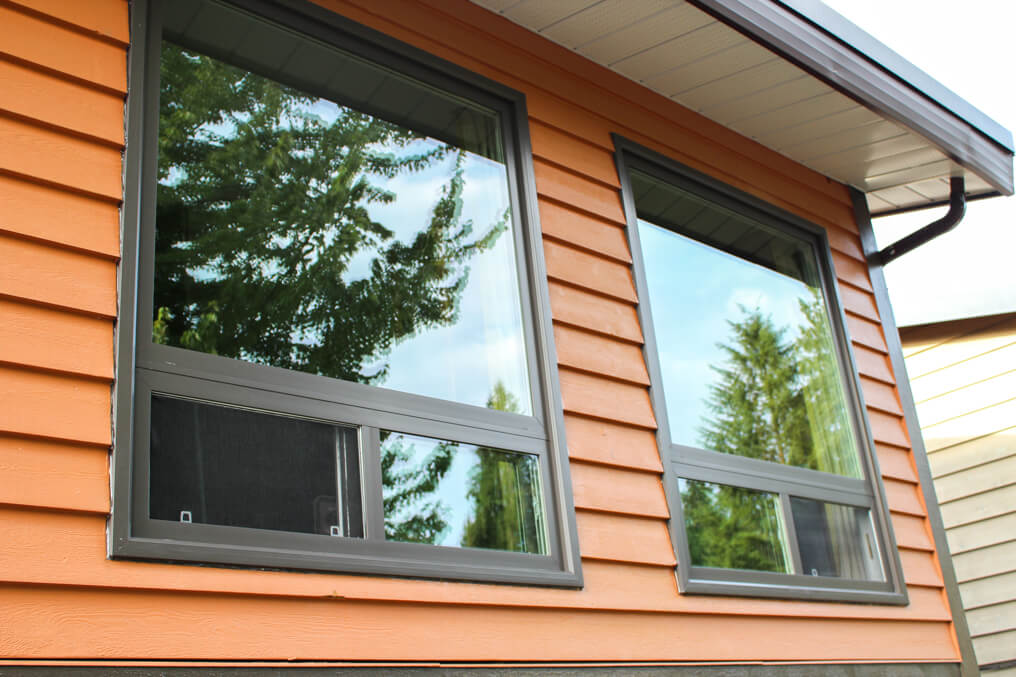What Type Of Nails For Vinyl Brick Mold

Most types of nails are not coated but some are treated with materials to lubricate the shank and improve driving efficiency or increase holding strength.
What type of nails for vinyl brick mold. You must have seen a thick frame attached to the window. Cement coating offers additional holding strength. For optimum fit use weld on 705 white pvc adhesive or equal to bond the mitered corners of the brick mould. Nail the new brick mold around the window or door with the 8 penny nails and hammer.
Slide the molding into position and attach it with 2 inch 8 or 10 penny nails spaced. Before you install the new molding give its entire surface a coat of paint. Pry the original brick mold from the door frame with a hammer and pry bar at the top and down both sides. Or use the stainless steel screws with the cordless drill.
That is exactly what brickmold is. In this trimming frame the molding covers the gap between the window door frame and the exterior part of the brick siding or any other type of siding that you have on your home exterior. Vinyl brick molding trim molding applied to the exterior frames of windows and doors made from polyvinyl chloride a synthetic plastic polymer commonly referred to as pvc. Mold armor e z house wash is safe for most roofing materials as well as vinyl aluminum and wood siding brick stucco and concrete.
Several types of nails have rings ridges or barbs on their shanks to resist pulling out and boy do they hold. Nails driven into lumber are vulnerable to getting pushed out by the expansion and. Nails can be placed as close as 3 8 to the edge of the brick mould. This type brick molding has the same shape as traditional wood brick molding but is highly resistant to decay and insects.
Ring shank nails are also called annular nails and are commonly used for installing subflooring flooring underlayment house siding and paneling. Galvanization is a process that coats nails with zinc to provide some protection from rust. If you prefer to bond the brick mould to a wood substrate we recommend liquid nails sub floor or heavy duty construc tion adhesives. It can also be used to clean painted trim decks and fences.
Pull any nails that remain with locking pliers and scrape old glue caulking and other debris from the face of the door jamb and the edge of the brick to provide a clean installation area.
